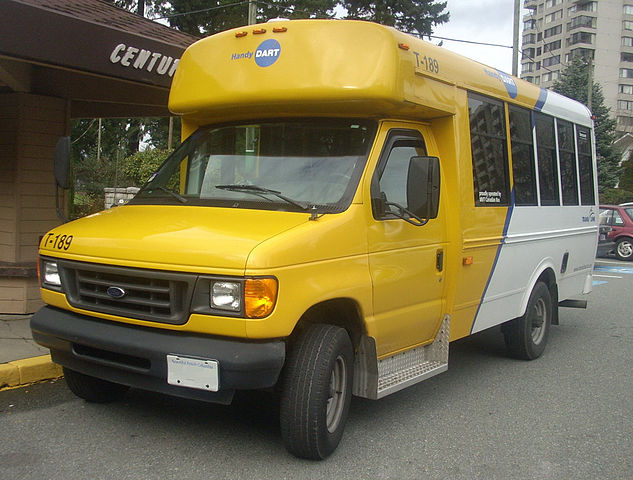On May 10, 2018 the Office of the Seniors Advocate (OSA) released Seniors Transportation: Affordable, Appropriate and Available. The report outlines 15 recommendations on the issue of seniors and transportation and speaks to the need for a diverse system which responds to the varying needs and preferences of seniors across B.C.
As the Seniors Advocate notes in the report, we see many seniors begin to retire from driving between the ages of 75 to 85. By 85 most people are no longer driving.
“Making the decision to stop driving is a difficult one for seniors,” says Mike Klassen, VP, Communications & Stakeholder Relations at BCCPA. “In many cases it can disconnect people from the services which people have come to rely upon their whole lives.”
The recommendations outlined in the report include building upon B.C.’s home support system to develop a community drives program that would help seniors run errands and get to appointments. The OSA notes that creating this publicly subsidized service will serve to complement the existing services offered through public transit and HandyDART rather than replace them.
While BCCPA identifies a need for programs which support seniors through innovative approaches to transportation the association also believes that the challenges to implementing such a program would need to be carefully considered – specifically the human resource shortage facing the sector, as well as home support visit times which are overwhelmingly too short across the province. Ultimately expanding visit times must be the first priority in bolstering B.C.’s home support system.
“The Seniors Advocate report flags this as an important issue for seniors, but we also feel that increasing visit times are an important step to making sure seniors get the support they need,” says Klassen.
Klassen goes on to note that a comprehensive health human resource strategy is urgently needed to address worker shortages across the continuing care sector, including home support.
Other recommendations made by the OSA include:
- Establishing a Bus Buddies program to connect seniors with volunteers who support them to use public transit.
- Improve access to HandyDART and expand days of operation.
- Support pedestrian-friendly commercial hubs and transit stops designed for mobility-challenged seniors.
- Providing tax relief for volunteers and caregivers who act as primary drivers for seniors.
- Expanding Taxi Saver program and require taxi companies to accept the vouchers.
Currently the recommendations do not suggest specific funding for implementation.
“At BCCPA we are focused on finding creative solutions to the challenges facing seniors, and the senior care sector. Transportation barriers, like many other issues related to the quality of life for seniors, will not be addressed through a one-size fits all approach. We need unique, built in B.C. solutions,” says Klassen.
For example, the BCCPA is currently consulting with stakeholders as to what potential models for Care Hubs should look like. Care Hubs, among providing many services or other benefits could allow providers to pool existing transportation resources, such as under-utilized care home busses, to provide greater transportation options for seniors living at home or in the community. This promising approach might be one alternative to some of the approaches highlighted throughout the report.
Read the full OSA report here.





